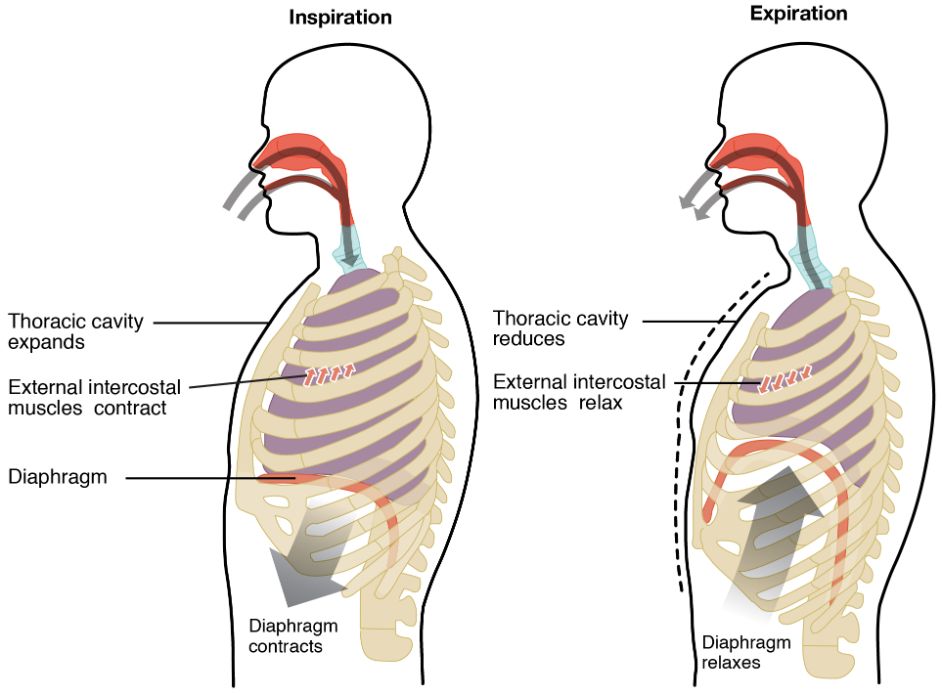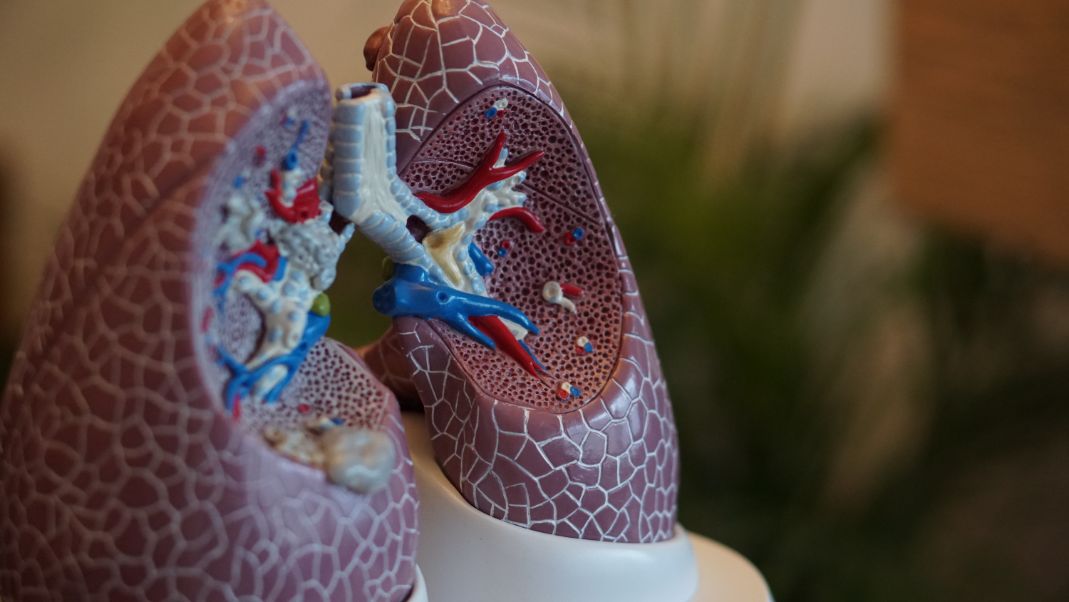In comparison to the human body’s capacity to precisely regulate a wide range of important variables and complex biological processes, most technological systems are primitive. Homeostasis is the scientific term for this extraordinary ability to maintain a constant internal environment.
The nose, mouth, lungs, and other breathing-related organs make up the respiratory system, which plays a role in many crucial aspects of homeostasis.
One obvious way that the respiratory system contributes to homeostasis is through gas exchange in the lungs. However, the respiratory system also employs a number of additional techniques to maintain the body’s equilibrium.
Mechanical Functions to Maintain Homeostasis
When an invader tries to enter through the respiratory system, the mouth and nose are the first points of defense. It’s crucial to cough and sneeze in order to clear the airways of mucus. Before they can further enter the body, mucus stops bacteria, viruses, and dust.
A thin layer of mucus is also coated on the tiny hairs in the nose and trachea, which helps to trap and hold particles until they can be expelled. The fibrinolytic system in the lungs’ vessels dissolves blood clots that attempt to pass through them.
Oxygen In, Carbon Dioxide Out
The two most crucial homeostatic processes that the respiratory system participates in are regulating gas exchange and maintaining pH. The roles that carbon dioxide and oxygen, the two main respiratory gases, play in the body’s biochemistry are connected to both of these homeostatic processes.

The lungs process oxygen as it enters the body as part of the air we breathe. The bloodstream carries carbon dioxide, a waste product of cellular metabolism, to the lungs where it is exhaled.
The Proper PH
The pH scale, which typically ranges from 0 to 14, is used to determine how acidic or alkaline a substance is. A wide range of pH values is required for the operation of numerous biological structures and processes.
When exposed to an environment with the wrong pH, proteins, for instance, suffer harmful structural changes. The concentration of hydrogen ions in a substance determines its pH.
Carbon dioxide concentration, which is directly influenced by the respiratory system, determines the concentration of hydrogen ions in the blood. Therefore, a critical part in keeping the pH of the human bloodstream at its ideal level is played by the respiratory system.
Temperature Regulation
Exhalation is one method by which the human body releases extra heat to keep things in balance. Body heat warms the air before it is exhaled from the lungs. The combination of this and sweat evaporation from sweat glands cools the body. Due to the lack of sweat glands in their bodies, animals like cats and dogs pant as a means of cooling down.
Immunity
IgA, a type of antibody, and cytokines like interleukin 25 (IL-25) and interleukin 33 (IL-33) are secreted by the lungs to annihilate invaders. The respiratory system is lined with lymphoid tissue, which creates white blood cells like lymphocytes that are prepared to identify and neutralize microbes entering the lungs.
The majority of immune cells in the lungs are alveolar macrophages, which are cells.
Additional Respiratory Roles
The body’s capacity to maintain consistent health and functionality in the face of internal and external stresses is aided by the respiratory system’s involvement in a number of other processes.
Warm, moist exhaled breath regulates the body’s internal temperature and water balance, and the movement of the lungs promotes healthy blood circulation.
The body is shielded from the numerous microbes and contaminants that are inhaled with air by the respiratory tract, which also affects the makeup of blood passing through the lungs.
Further Reading:



